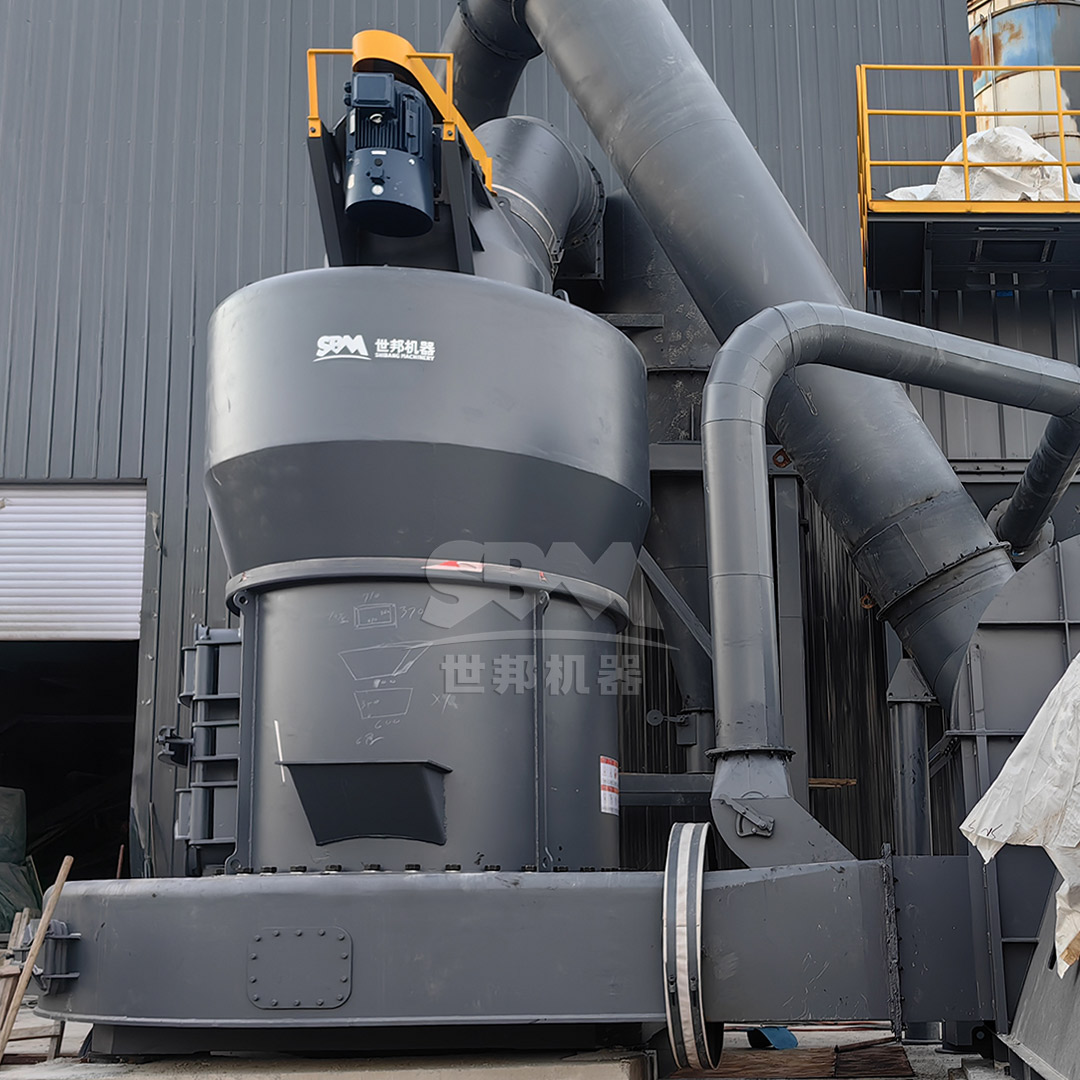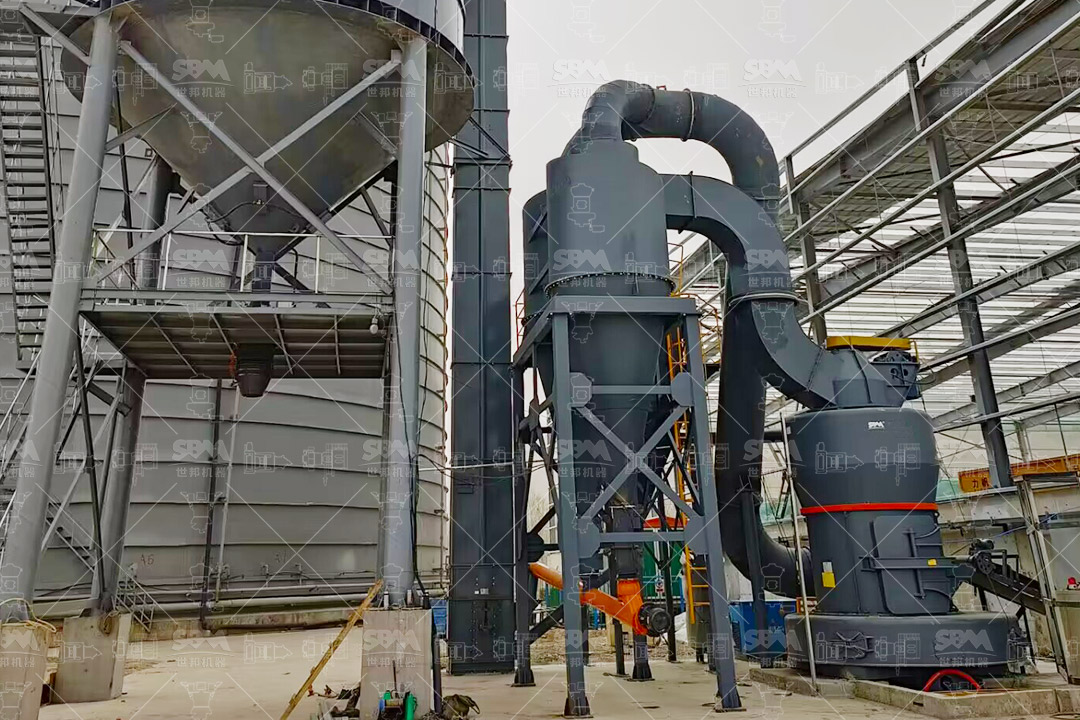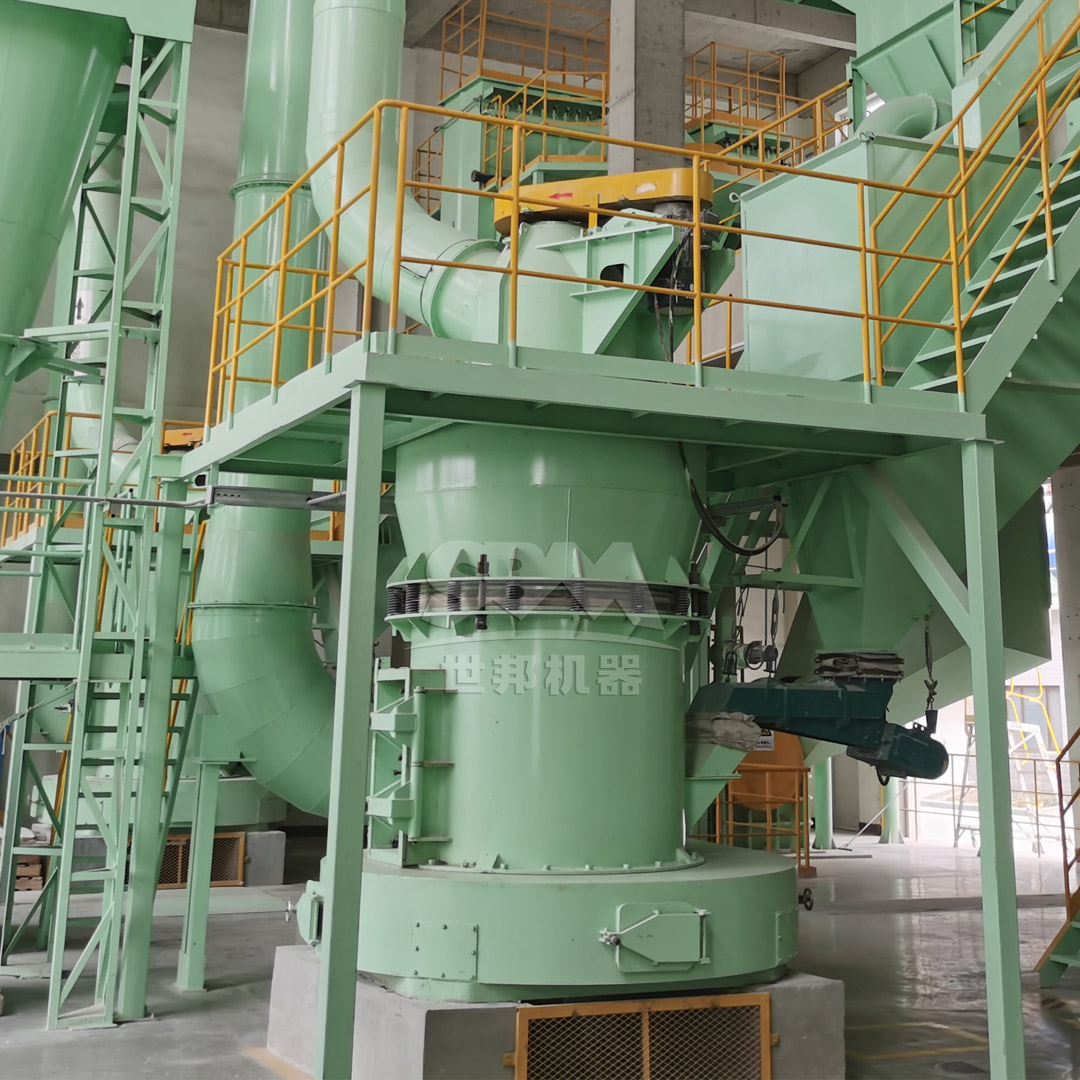Cement production is a complex and energy-intensive process that relies heavily on the efficient grinding of raw materials, particularly limestone. The limestone grinding stage is critical as it directly impacts the quality of the final product and the overall energy consumption of the plant. Among the various grinding technologies available, ball mills have been a traditional choice for their reliability and ability to handle large capacities. However, with advancing technology, modern grinding solutions offer significant improvements in efficiency, energy savings, and environmental performance. This article explores the role of limestone ball mills in cement production and highlights how innovative grinding technologies can optimize plant operations.

Limestone is the primary raw material in cement manufacturing, accounting for up to 80% of the raw mix. Proper grinding of limestone is essential to achieve the desired chemical composition and physical properties of cement. The fineness of the limestone powder affects the burnability of the raw meal, the efficiency of the kiln process, and the strength development of the final cement product. Traditional ball mills have been widely used for limestone grinding due to their simplicity and ability to produce a consistent product. However, they are associated with high energy consumption and relatively low efficiency compared to modern grinding systems.
While ball mills are robust and capable of handling a wide range of materials, they suffer from several limitations. Energy consumption is a major concern, as ball mills typically operate at low efficiency, with only about 1-2% of the energy input used for actual size reduction. The rest is lost as heat, noise, and vibration. Additionally, ball mills require frequent maintenance due to wear of grinding media and liners, leading to higher operational costs. The product fineness is also limited, often requiring closed-circuit systems with classifiers to achieve the desired particle size distribution.
To address the limitations of traditional ball mills, the industry has developed advanced grinding technologies that offer superior performance, energy savings, and environmental benefits. Among these, vertical roller mills (VRMs) and ultra-fine grinding mills have gained prominence for their efficiency and versatility. These systems are designed to reduce energy consumption, minimize wear, and produce a more uniform product with precise particle size control.

Vertical roller mills (VRMs) have revolutionized limestone grinding in cement plants. Unlike ball mills, which rely on impact and attrition between grinding media and the material, VRMs utilize a bed compression principle where the material is ground between a rotating table and rollers. This method is more energy-efficient, as it reduces the energy lost to heat and noise. VRMs also offer better particle size distribution and higher drying capacity, making them ideal for handling moist raw materials. Additionally, VRMs are compact and require less space compared to ball mills, reducing infrastructure costs.
For applications requiring very fine limestone powder, ultra-fine grinding mills provide an excellent solution. These mills are designed to achieve particle sizes as fine as 5μm, which is essential for specialized cement products and high-performance concrete. Ultra-fine mills incorporate advanced classification systems to ensure precise control over product fineness and minimize over-grinding. They are also equipped with energy-saving features such as intelligent control systems and high-efficiency motors.
At our company, we are committed to providing cutting-edge grinding solutions that enhance the efficiency and sustainability of cement production. Our products are designed to meet the evolving needs of the industry, offering superior performance, reliability, and environmental compliance. Two of our standout products for limestone grinding are the SCM Series Ultrafine Mill and the MTW Series Trapezium Mill.
The SCM Series Ultrafine Mill is engineered for high-precision grinding of limestone and other raw materials. With an output fineness ranging from 325 to 2500 mesh (D97 ≤ 5μm), this mill is ideal for producing ultra-fine limestone powder for specialized cement applications. Key features include:
The SCM mill operates by driving three layers of grinding rings rotation via the main motor. Material is dispersed into the grinding path by centrifugal force, where it is pressed and ground layer by layer. The final product is collected by a cyclone collector and pulse dust removal system. With models ranging from SCM800 to SCM1680, handling capacities from 0.5 to 25 tons per hour, the SCM Series Ultrafine Mill is a versatile solution for modern cement plants.
For applications requiring coarser grinding, the MTW Series Trapezium Mill offers exceptional performance and reliability. With an output fineness of 30-325 mesh (up to 0.038mm) and handling capacities from 3 to 45 tons per hour, this mill is suitable for large-scale limestone grinding operations. Key advantages include:
The MTW mill works by driving the grinding rollers to revolve around the central axis while rotating themselves, generating centrifugal force. The shovel blades throw material into the space between the grinding ring and rollers, where it is crushed by extrusion. The classification system precisely controls the product fineness. Available in models such as MTW110, MTW138Z, and MTW215G, the MTW Series Trapezium Mill is a robust choice for cement plants seeking to improve grinding efficiency.

To illustrate the benefits of modern grinding technologies, the following table compares traditional ball mills with our SCM and MTW series mills based on key performance indicators:
| Parameter | Traditional Ball Mill | SCM Ultrafine Mill | MTW Trapezium Mill |
|---|---|---|---|
| Energy Consumption | High (≥30 kWh/t) | Low (≤20 kWh/t) | Medium (20-25 kWh/t) |
| Output Fineness | 0.074-0.8mm | 5-45μm (D97) | 38-600μm |
| Handling Capacity | 0.65-450 t/h | 0.5-25 t/h | 3-45 t/h |
| Maintenance Frequency | High | Low | Medium |
| Noise Level | ≥85 dB | ≤75 dB | ≤80 dB |
| Space Requirement | Large | Compact | Moderate |
As evident from the table, advanced grinding systems like the SCM and MTW mills offer significant advantages in energy efficiency, product quality, and environmental performance. By adopting these technologies, cement plants can reduce operational costs, enhance product consistency, and meet stringent environmental regulations.
Limestone grinding is a critical step in cement production, and the choice of grinding technology has a profound impact on plant efficiency and sustainability. While traditional ball mills have served the industry well for decades, advanced grinding systems such as vertical roller mills and ultra-fine mills offer superior performance and energy savings. Our SCM Series Ultrafine Mill and MTW Series Trapezium Mill are designed to meet the demanding requirements of modern cement plants, providing precise particle size control, reduced energy consumption, and lower environmental impact. By integrating these innovative solutions, cement producers can optimize their operations, improve product quality, and achieve long-term sustainability goals.